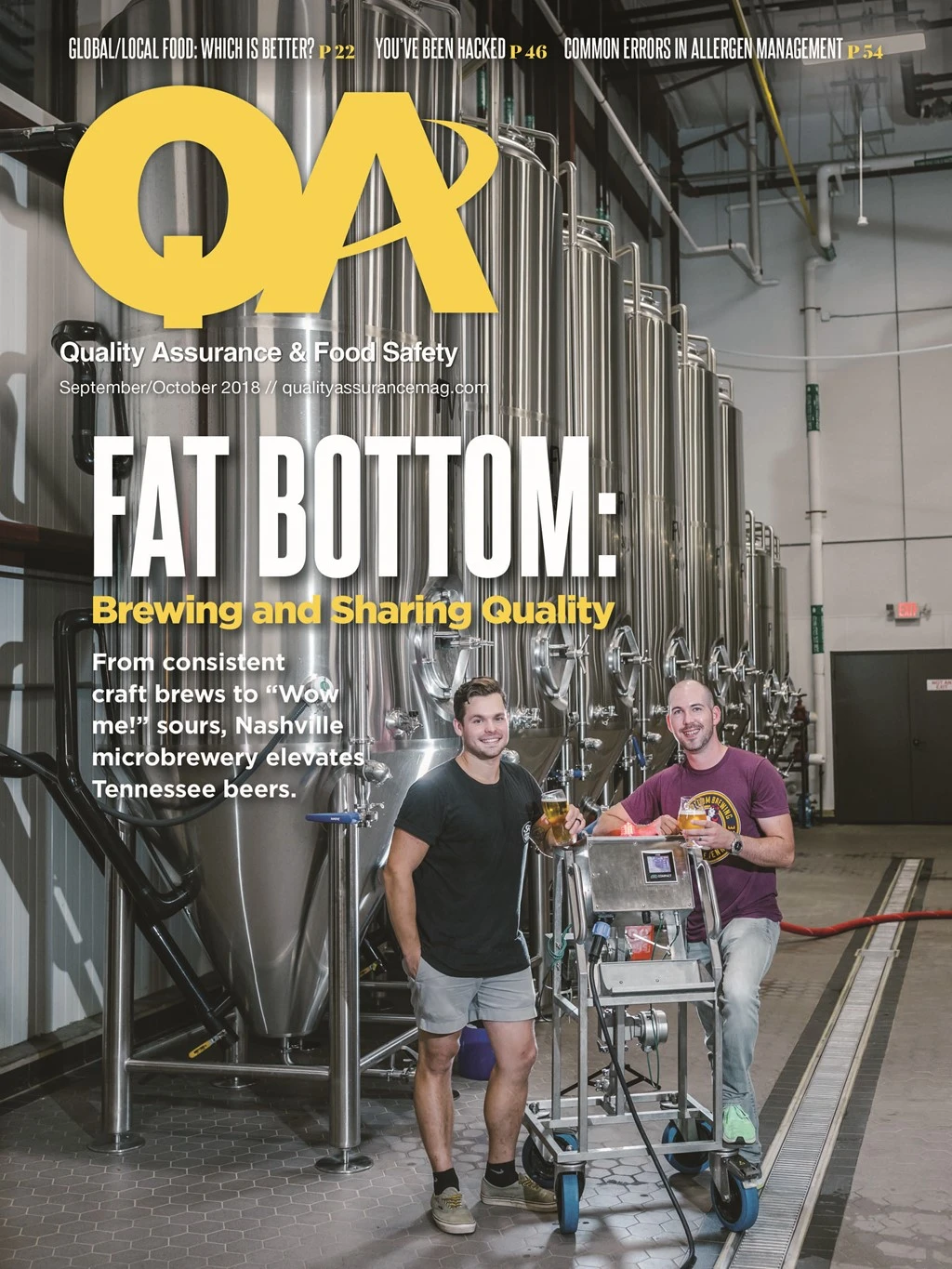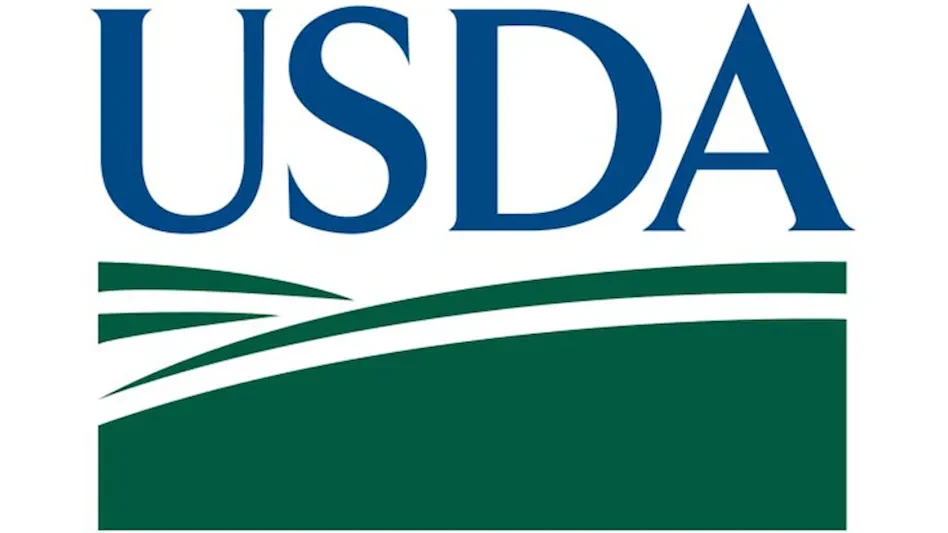

I’m starting to worry about society these days. I’ve learned recently that coffee, bread, and french fries have to carry a Prop 65 warning because they contain acrylamide. (Actually, coffee got a last second reprieve and is now an exception). In case you don’t know, California has a law stating that if any chemical is listed as a carcinogen or as causing other mutagenic and other harms, the product must carry a warning label. I was also presented with news from a testing lab that water bottles made from recycled materials can have a harmful chemical leach into the water as the bottle ages. Do you also remember when we learned that there is arsenic in food items? These are but a few examples of things going on in the world that do nothing but scare the consumer, in my view.
Yes, these chemicals are in the foods. I don’t deny that. What I don’t see happening is any type of a risk assessment to accompany the hazard identification. We are left to fend for ourselves and determine if we want to consume an implicated product. We see consumers and consumer groups telling whomever will listen that “everything” is bad for you. We see consumers refusing to eat foods that are perfectly good, healthy, and actually beneficial because they fear something they don’t have the full facts on. Food manufacturers are sued in our litigious society because someone feels harmed or “dissed.” Where are we headed?
Let me turn this to the food industry and point out the good we do when we create our food safety programs. We, too, have to identify hazards. We look at what hazards there might be in our process and we work to control them. This is part of our HACCP plan or our Preventive Controls Food Safety Plan. Just like in the non-food world, we are identifying hazards that might be of concern. What we do next, that seems to be missing in things like Prop 65, is a risk assessment. We look at the likelihood that a hazard is also a risk. We don’t just consider that a hazard exists, we also assess the likelihood, severity, and amount of the hazard it takes to cause harm. By assessing the risks, we can make decisions on what hazards need to be controlled (i.e., prevented, eliminated, or reduced to an acceptable level). This also allows us to prioritize the work we do every day in creating safe, consistent products for our customers.
So, if we can do it, why can’t people in other industries and in the regulatory world also include an assessment of risk? What can we do to help consumers make rational choices and better understand the difference between hazard identification and risk assessment? As the food industry, can we engage toxicologists to improve our communication? Can we begin the discussions about toxicology in foods and how safe levels of risk are determined? Can we at least spread the word that these two practices are different?
How many forums do you have where you could tell consumers about the difference between hazard identification and risk assessment? Can we start now to provide information to the public on this topic? I hope you’ll join me in starting the conversation; I would enjoy hearing from you about how you have educated others on this topic. I can be reached at bferree@giemedia.com

Explore the October 2018 Issue
Check out more from this issue and find your next story to read.
Latest from Quality Assurance & Food Safety
- Bird Flu: What FSQA Professionals Need to Know
- Registration Open for 129th AFDO Annual Educational Conference
- Frank Yiannas, Aquatiq Partner to Expand Global Reach of Food Safety Culture
- World Food Safety Day 2025 Theme: Science in Action
- Ancera Launches Poultry Analytics System
- USDA Terminates Two Longstanding Food Safety Advisory Committees
- Catalyst Food Leaders Announces Virtual Leadership Summit for People in Food
- Food Safety Latam Summit 2025 Set for Mexico City





